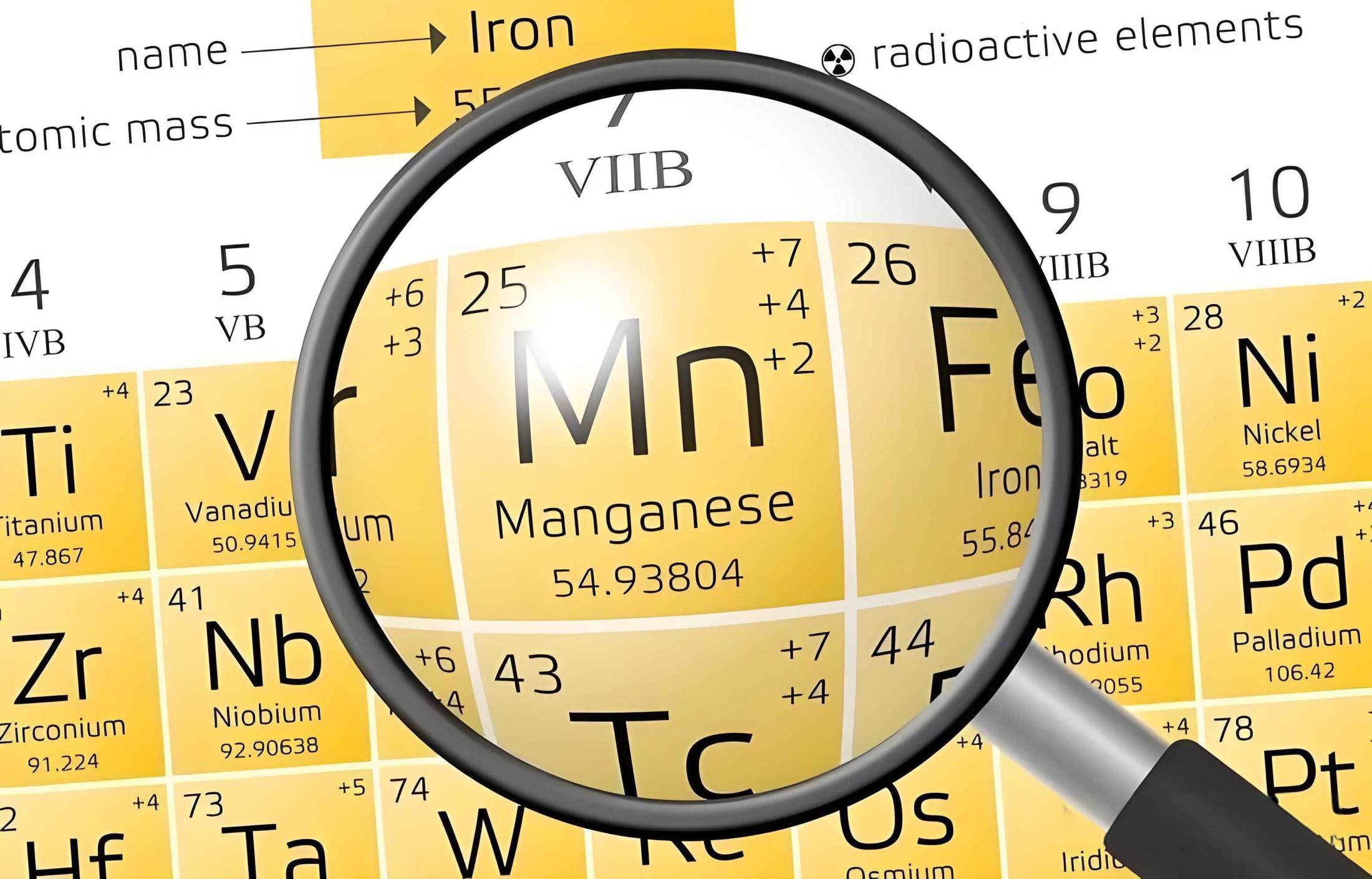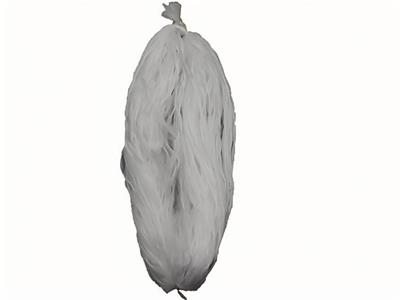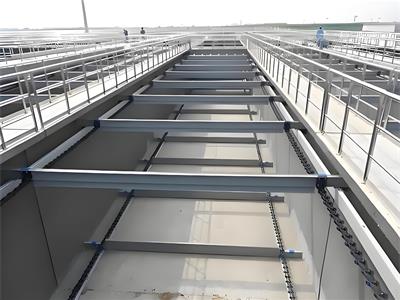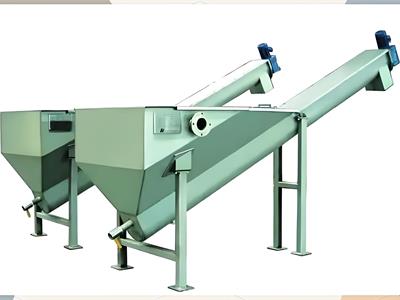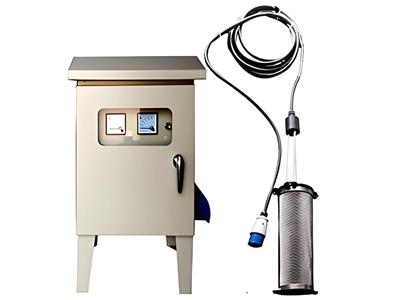- 2025-07-22
Manganese Removal Drinking Water Treatment
Pollution characteristics and risk control
Divalent manganese (Mn²⁺) is commonly found in groundwater (concentrations often reach 0.1-2.0 mg/L)
Exceeding 0.1 mg/L will cause black water in pipes (national standard limit 0.1 mg/L)
Long-term exposure may cause damage to the nervous system (WHO recommended limit 0.08 mg/L)
Differentiation of manganese forms treatment process
1. Catalytic oxidation filtration system
Modified manganese sand filter (manganese dioxide coating thickness ≥ 80 μm)
Contact time ≥ 12 minutes (pH control range 6.2-8.5)
Simultaneous removal of iron/manganese (Fe²⁺<0.3 mg/L, Mn²⁺<0.05 mg/L)
2. Ion exchange process
Sodium type strong acid cationic resin (exchange capacity ≥ 2.0 eq/L)
Manganese ion replacement rate >95% (regeneration cycle 300-500 bed volumes)
Applicable to low concentration manganese pollution (<0.5 mg/L)
3. Deep oxidation technology
Ozone catalytic oxidation (O₃ addition 1.5-3.0mg/L, CT value ≥2.0)
Potassium permanganate enhanced oxidation (KMnO₄/Mn²⁺ molar ratio 1.8:1)
Hydroxy radical assistance (UV/H₂O₂ system 185nm ultraviolet lamp)
Key engineering control nodes
Redox potential (ORP) control:
Primary oxidation>650mV
Secondary filtration<200mV
Anti-manganese leakage protection:
Online monitoring of residual manganese in filtered water (<0.02mg/L)
Automatic backwash trigger (head loss> 0.05MPa)
Operation and maintenance technical points
Regeneration of manganese sand filter media:
KMnO₄ solution immersion (concentration 1.5%, duration 6h)
Regeneration efficiency > 90%
Ion exchange resin anti-poisoning:
Influent COD limit < 3mg/L
Regular resuscitation treatment (10%NaCl+1%NaOH)
Water quality verification indicators
Atomic absorption spectrometry detection limit ≤ 0.001mg/L
Filtered water turbidity < 0.3NTU (inhibits manganese re-precipitation)
Manganese content in water at the end of the network < 0.05mg/L (72h stability test)

